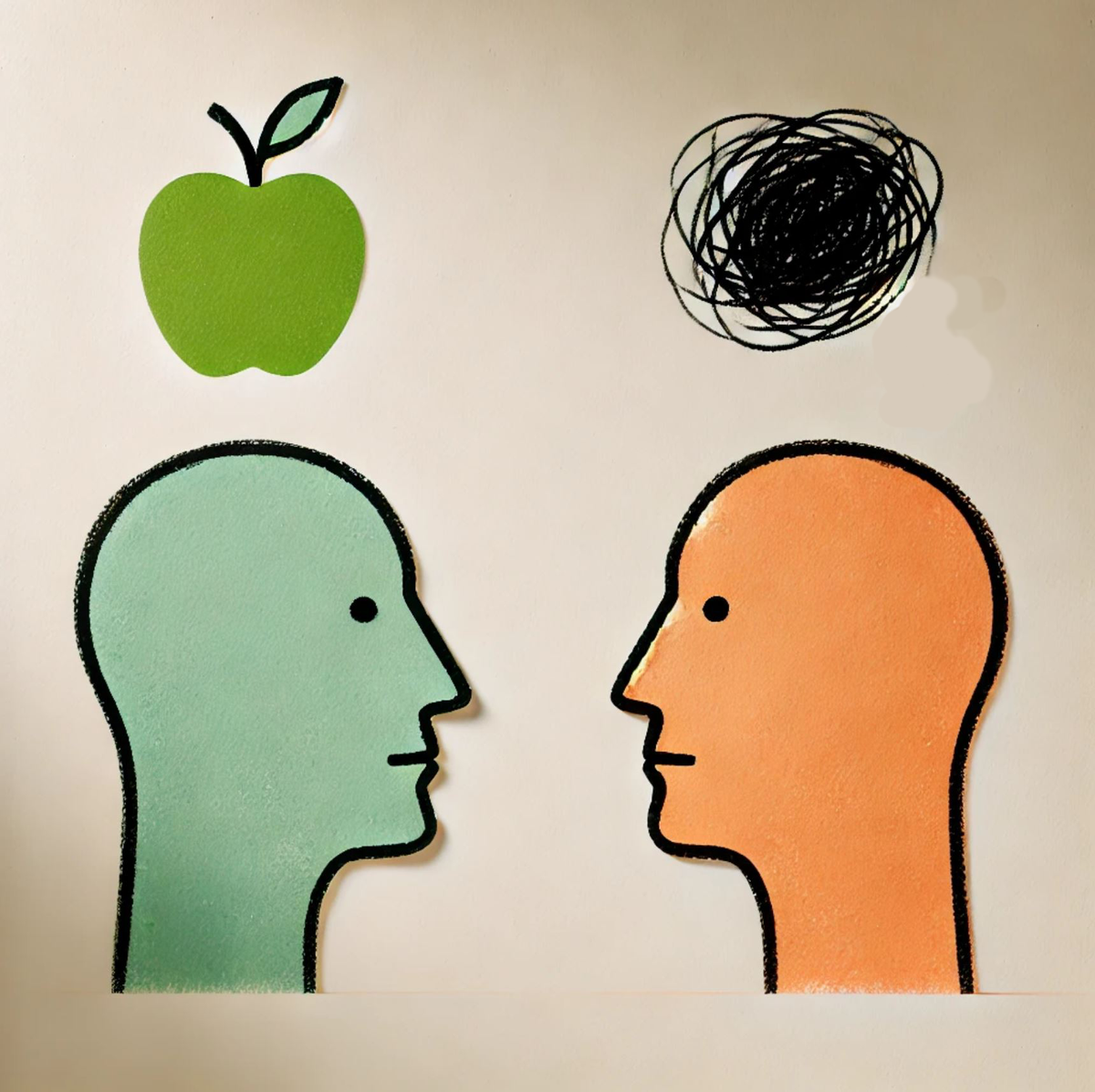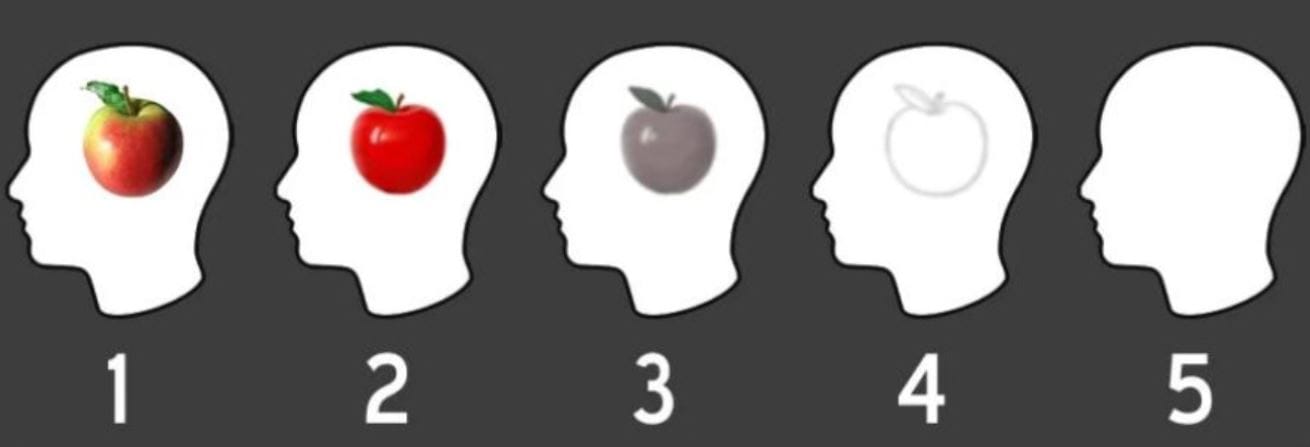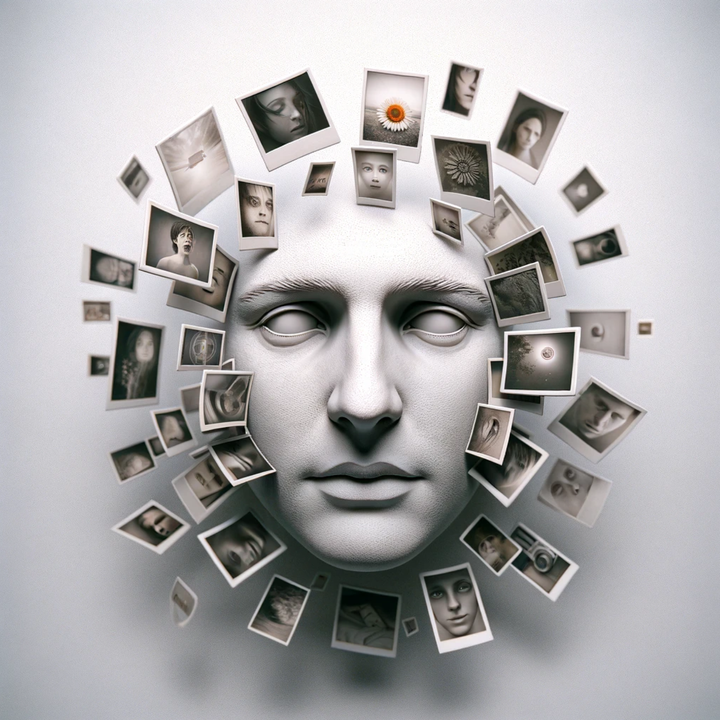Life Without Mental Imagery: Exploring Aphantasia

Try this experiment: Close your eyes. Try to visualize an apple. What do you see? How clear is the apple? How much detail can you see on your apple? What color is it? Does it contain a droplet of water or a reflection? What is the apple sitting on? What is in the background? Is it just floating in space?
Check your results: Use the chart below to assign a number to how you saw the apple. If you saw the apple as if looking at a photograph, it is 1. If the image was more of an impression, increase the number to somewhere in the middle. Give yourself a 5 if you could not picture any aspect of an apple; it was just blank or dark.

Very important! There is no right or wrong answer to this experiment; we are just exploring a rare occurrence called aphantasia, the inability to visualize images inside your mind. For example, I fall in the middle (3-4), I can sometimes perceive impressions with visual components but they are blurry and impermanent, like images in a dream.
The phenomenon of aphantasia, first described by Francis Galton in 1880, remained unstudied until renewed interest emerged following a 2015 study led by Adam Zeman at the University of Exeter. Zeman’s team coined “aphantasia” from Greek, meaning “without an image.” If you scored 5 in the experiment and can’t make mental images, that might be an experience of aphantasia.
The big picture: Visualizing a sunset or a loved one’s face might be second nature for most people. But for the estimated 1-3% of people with aphantasia, this ability is absent. During my research to write this piece, I found that people who say they have aphantasia still dream and see images in their dreams.
Why it matters: Imagine reading a novel without picturing the scenes or characters. For some, this is the reality. Aphantasia isn’t just about a lack of visualization—it’s about experiencing the world differently.
Impact on creativity: Does aphantasia hinder creativity? Not necessarily. Many people with aphantasia are highly creative and find other ways to express ideas and emotions. Ed Catmull, co-founder of Pixar, has aphantasia. Yet, he led a studio known for its rich visual storytelling, suggesting that creativity isn’t solely reliant on visualization but can manifest in diverse forms.
The science: Research on aphantasia is still in its early stages. Studies suggest that people with aphantasia might use different cognitive strategies to recall information. Instead of relying on mental images, they might focus on abstract concepts or verbal descriptions. For example, I can’t picture images clearly in my mind, yet entire scenes will manifest as if in a movie but blurry, more like impressions. It just shows how different our perception boxes are. This is the topic covered in the last post.

Closing thought: Just as the above viral online phenomenon (circa 2015) shows us how differently we can all perceive with our eyes, aphantasia gives us a glimpse of how differently we all internally perceive. Aphantasia shows us how even our internal states of perceiving can vary from person to person. And I hope today’s piece encourages you to become more self-aware of your own inward experiences, the nature of your thoughts, dreams, etc. There is so much more to discover in our unknown mental realms.


